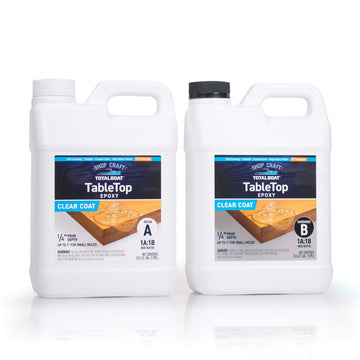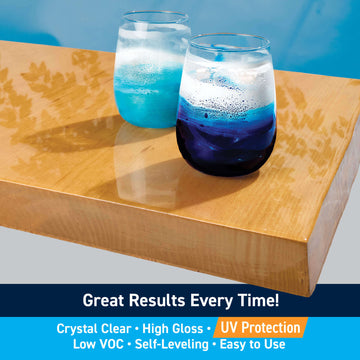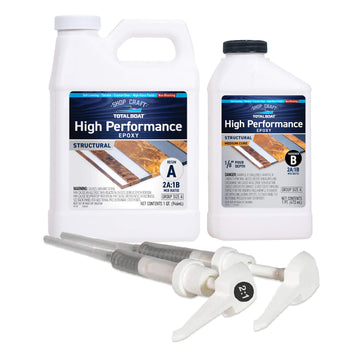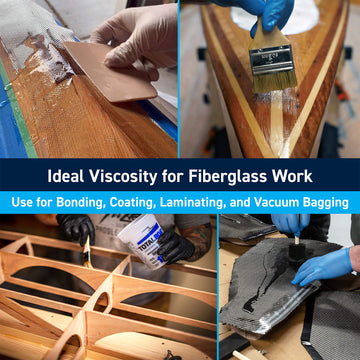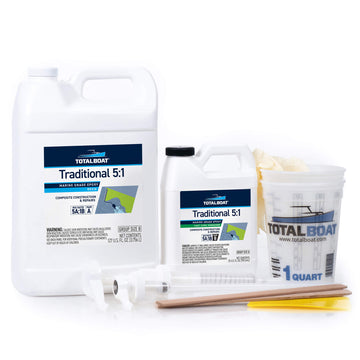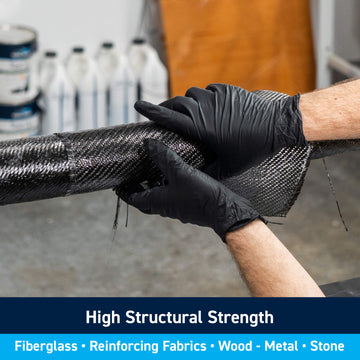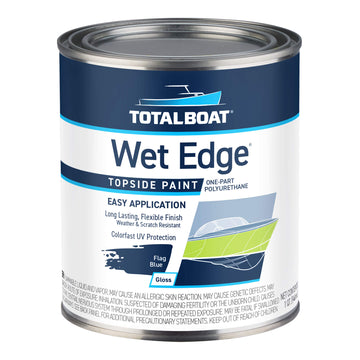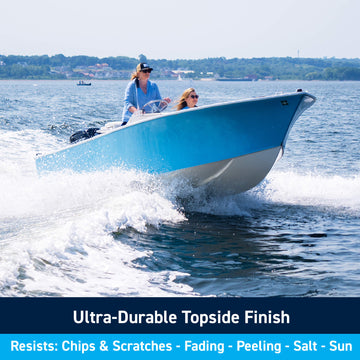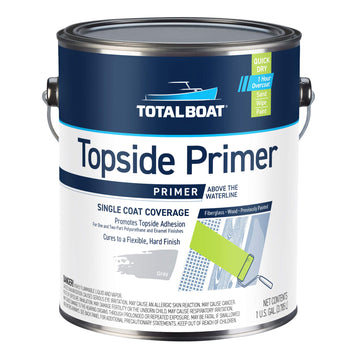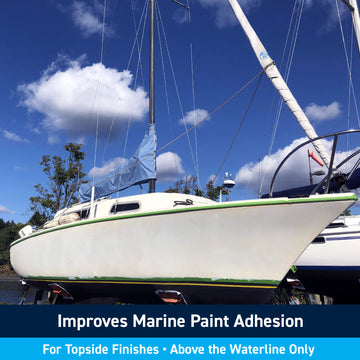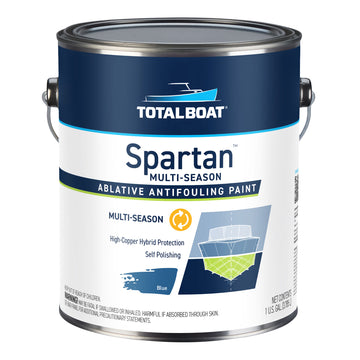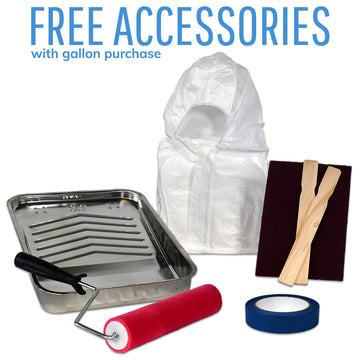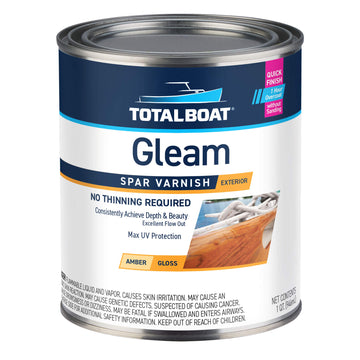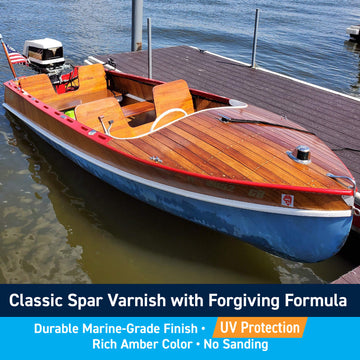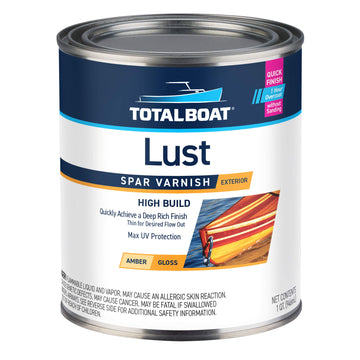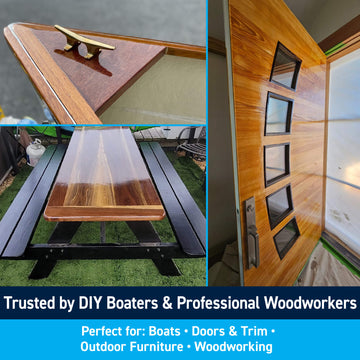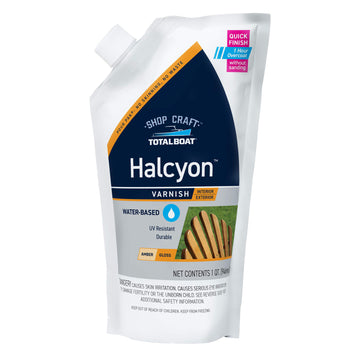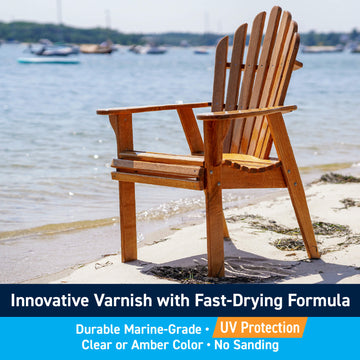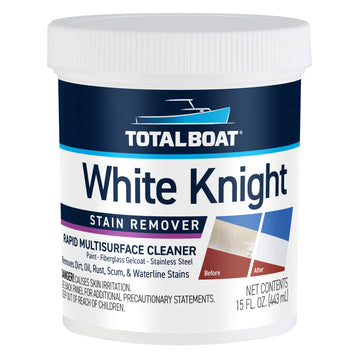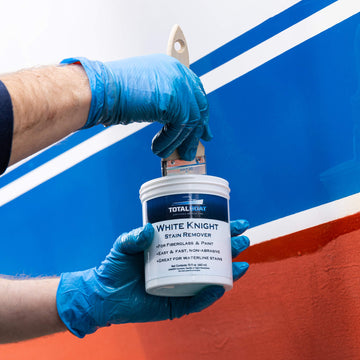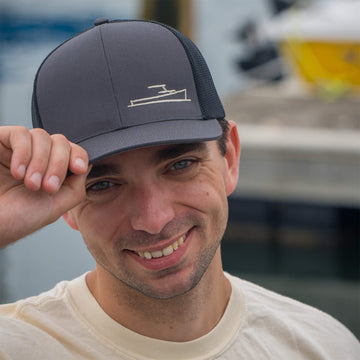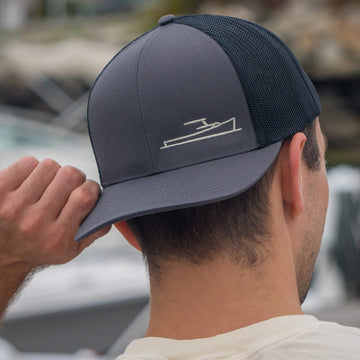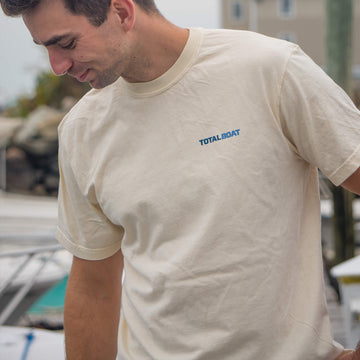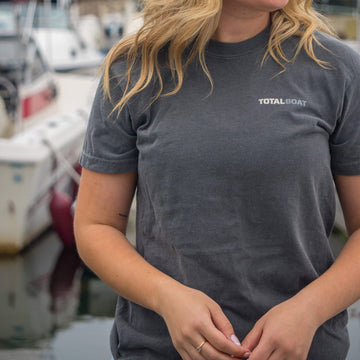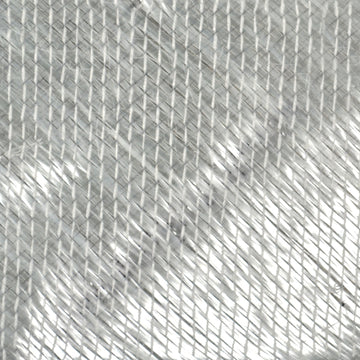
Peter Sripol, the renowned YouTuber known for his boundless creativity and ambitious do-it-yourself projects, is back with another captivating build in his latest video, "DIY Cheapest mini Amphibian BOAT!". At TotalBoat, we're always excited to see what Peter engineers next, especially when our products play a key role in bringing his imaginative visions to life.
Peter's Journey: From Aerospace to Aquatic Innovator
With a background in aerospace engineering, Peter brings a unique blend of technical expertise and an insatiable desire to tinker, pushing the boundaries of what's possible in the DIY world. His YouTube channel is a testament to this, featuring everything from flying machines and underwater explorations to challenging boat refits.
Many of you might remember Peter from his monumental "Lobster Boat Refit" project, where he transformed a 31-foot BHM Downeast Lobster Boat into a functional "Science Boat". During this extensive endeavor, Peter worked tirelessly through all weather conditions, tackling challenges like welding exhaust stacks, installing a new deck, and fabricating a hoist. He utilized a range of TotalBoat products for crucial repairs and transformations, including:
-
TotalFair Epoxy Fairing Compound for hull repairs and achieving a smooth, watertight finish.
-
Thixo 2:1 Epoxy Adhesive for gluing structural components and new windows.
-
High Performance Epoxy Resin for extensive fiberglass work on the hull and decks, ensuring durability and strength.
-
TotalBoat Seal Elastomeric Marine Sealant to prevent leaks in hatches and fittings.
-
TotalProtect Barrier Coat and Spartan Bottom Paint for hull protection against marine growth and corrosion.
-
TotalBilge Epoxy Paint for protecting the boat's interior bottom.
Beyond the lobster boat, Peter has also experimented with other unique watercraft, including an all-electric cardboard boat that, while ultimately a "failure," was notably fast. These projects highlight Peter's relentless pursuit of innovation and his willingness to learn through trial and error.
The Amphibious Boat: A Cardboard Experiment and Foam Redemption
Inspired by mini boats and skiffs he saw online, Peter set out to build his own mini boat that could access places his larger vessel couldn't. His initial, ambitious, and self-proclaimed "idiotic" idea was to construct it primarily from cardboard.
For the cardboard build, Peter made efforts to ensure strength and waterproofing:
-
He doubled up cardboard stringers to hold the boat together.
-
He added a cardboard pattern between vertical uprights inside the hull to create a strong surface for standing.
-
High Performance 2:1 Epoxy was used to make the boat waterproof, with the interior needing to remain dry for the project to be considered a success. He gambled by not fully epoxy coating everything on the inside.
-
For the deck, Peter "cheated" slightly by using lightweight plywood and fiberglassing it, acknowledging that cardboard alone wouldn't hold up.
-
Later, he also filled holes in the boat with epoxy to further enhance watertightness, treating it "like an actual box" with a metal frame.
 Despite these efforts and initial success on the water, the cardboard boat eventually faced an inevitable challenge: water ingress. Peter discovered "so much water" inside, leading to the cardboard becoming soggy and losing its structural integrity, which relied solely on the fiberglass. Peter admitted the cardboard experiment was "sort of a failure," but one from which he learned valuable lessons.
Despite these efforts and initial success on the water, the cardboard boat eventually faced an inevitable challenge: water ingress. Peter discovered "so much water" inside, leading to the cardboard becoming soggy and losing its structural integrity, which relied solely on the fiberglass. Peter admitted the cardboard experiment was "sort of a failure," but one from which he learned valuable lessons.
Undeterred, Peter decided to rebuild the project using foam, recognizing it as a "way better core material" than soggy cardboard. He was able to recycle the original steel frame and the fiberglassed plywood top from the first build. For the new foam structure, he used 45-degree biaxial fiberglass and even more TotalBoat epoxy. The boat was then finished with TotalBoat Wet Edge paint.


This foam and fiberglass iteration proved to be significantly more durable and "way less disposable". It performs well as a boat, even getting on plane and reaching speeds of 13-14 mph with a 6-horsepower motor. Its amphibious capabilities, allowing it to drive into and out of the water, are a major highlight. While it glides into the water with ease, it still requires improvements for driving on rougher terrain, such as gravel, potentially necessitating fatter tires and more torque.
Ultimately, Peter considers this foam skiff a "total success" and an "awesome" amphibious vehicle, perfectly suited for his future experiments and as a support vessel for his larger projects.
Peter's journey from cardboard to foam in his amphibious boat build demonstrates his spirit of experimentation and problem-solving. We're proud to see TotalBoat products being put to the test in such innovative ways, helping Peter achieve his ambitious goals, even when the path is not straightforward.
Check out Peter Sripol's full video, "DIY Cheapest mini Amphibian BOAT!", to witness the entire build and all the exciting trials on the water!
